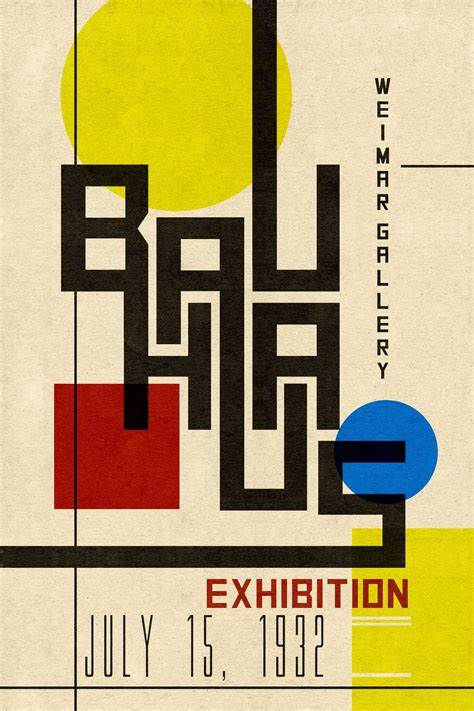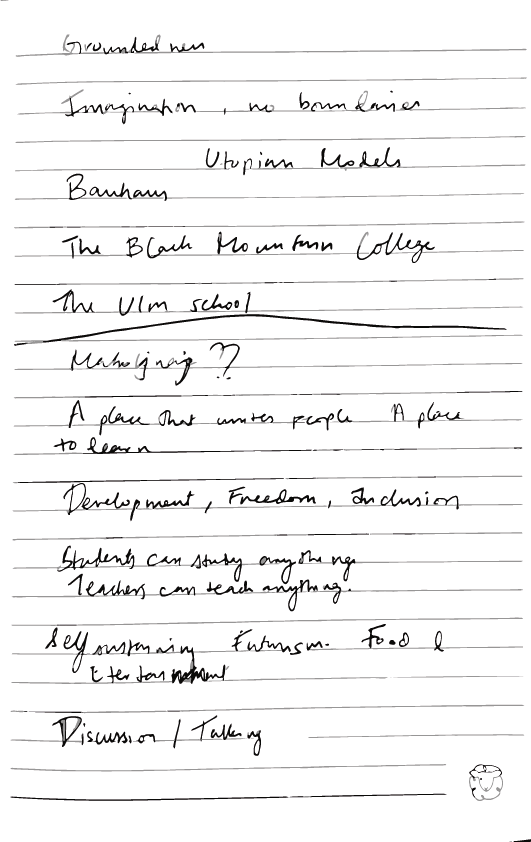To create, first question.
- Crystal J Ann

- Mar 31, 2022
- 2 min read

When it comes to design, all artists and designers know of Bauhaus. In our 2nd session for this paper, Professor Michael showed us videos of earlier examples of Utopia to give us an idea of what our projects could look like.

The Bauhaus in particular is an influential example, having had a major impact on art, society and technology particularly in Europe and United States. Though it was forced to close under Nazi-pressure. Students and Mentors alike have created pieces that are now iconic and led a revolution like never before. The Bauhaus though it lasted only from 1919 to 1933, it's vision continues to permeate in the way schools and corporations behave.

Their revolutionary ideas of how school should be viewed, and the strong motivations and beliefs of the mentors had a profound impact on the students and the art world. The Bauhaus is as known for it's visualization and methods as it is for it's almost cult or sect like behavior and wild parties. Many of it's students and faculty went on to be a part of the art world in just as influential places, like the School of Design at Harvard University, Black Mountain College, Institute of Design in Chicago, and more.
In other examples of societies that tried their hand at creating a utopia, they often try to remove themselves from the larger society. By creating a seclusion, they try to break down what is and then build something new, unfortunately most of them failed.
After the rather spectacular demise of USSR and Stalin's ideas, utopian ideas now are largely confined to theoretical debates and idea discussions. That's not to say that people have stopped working towards Utopias.

Auroville in India is a town owned by the Auroville foundation which is owned by the government of India. Everything in Auroville that can be bought is bought using autocards, similar to a debit card. Some amenities are free for residents and they also handle maintenance of the town.








Comments